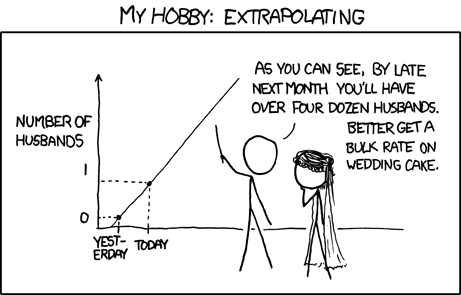ttupper92618
Member
As of today, at SC it is first-come-first served. There are no plans that I have heard to have reserved spots.
As far as "other fast charge" locations, those are generally CHAdeMO and (1) you need to purchase the adapter in order to use them; (2) I believe that their maximum charge rate is at 50A (but someone with better knowledge will be able to confirm or refute this.) At about 30% share of charge, Superchargers start charging at 100A or more and taper downwards. I believe the 50A threshold is somewhere around 75% share of charge, but this is just from recollection.
An easy rule of thumb as it pertains to charging your EV: The power needed to recharge your battery is inversely related to your length of time at the location. A stop on a 500-mile drive will want fast charging; a stop for a day at the zoo can get by with 30A charging for 6-7 hours. Airport parking for several days would only require a 110V/15A level 1.
It's been made pretty clear to me that there are lots of non-Tesla chargers around that can be found through plugshare, and I accept that. And that's a relief.
Still, I wonder how this is really going to go down. You mention charging for 6 - 7 hours while wandering around the zoo. And right now, that sounds ok, because the 3 or 4 charging ports they have can pretty well meet the needs of the EV's showing up because right now EV's are a novelty.
What happens when the number of EV's on the road doubles, or triples, or quadruples? The California PEV Collaborative estimates that there have been a 407,000 PEV sales in the entire US since 2011. Tesla looks set to double that number in just a few years, and if they manage a 500K a year output as they intend, then you have to recognize that the infrastructure we are talking about, here, is not going to be adequate. Having four chargers at the San Diego zoo, as an example, is going to be a disaster if these numbers play out.
My point is, in a general sense, only this: the infrastructure that exists currently is not anywhere near where it needs to be to handle the number of new EV's that will be hitting the road in the next 5 years. I would estimate that this infrastructure needs to grow actually much faster than the rate of increase in EV sales, because of charging time. What happens, for example, when 100 EV's day trip to the SD zoo but there are only 10 spots to plug them in?
Again, this comes back to the need to have lots and lots of superchargers, because the bottleneck is charge speed. From an infrastructure perspective, it will be very, very difficult to ever keep up with EV charging demands without having very fast charging available.
I hope that makes sense.



